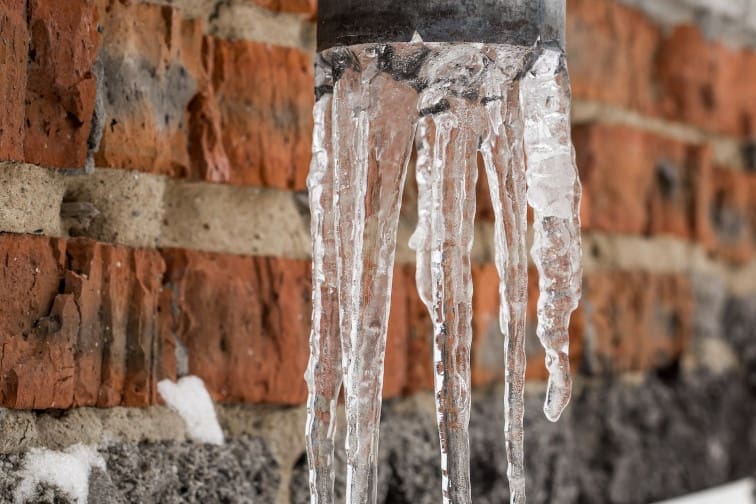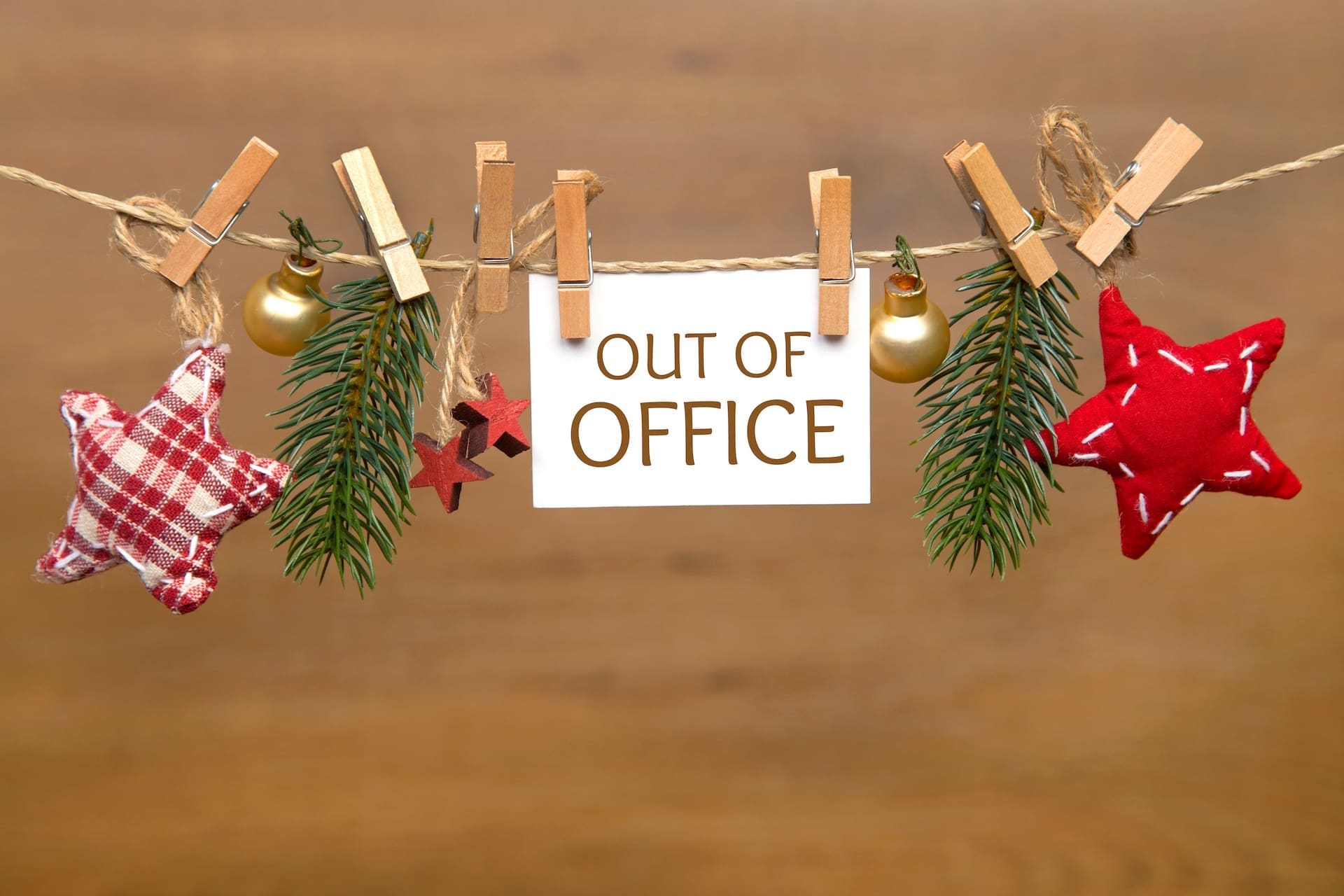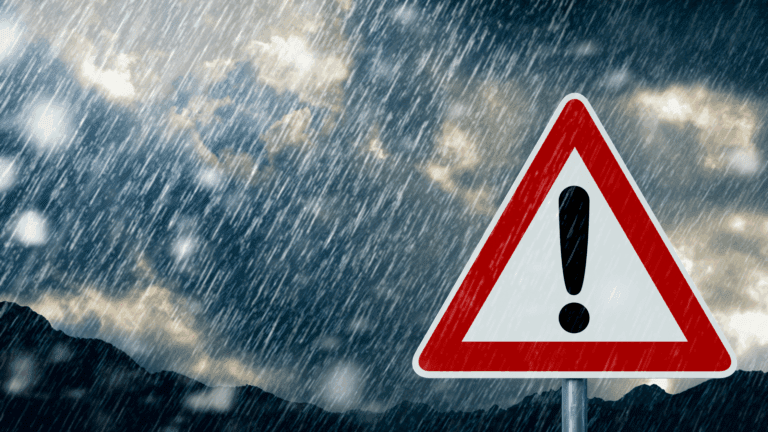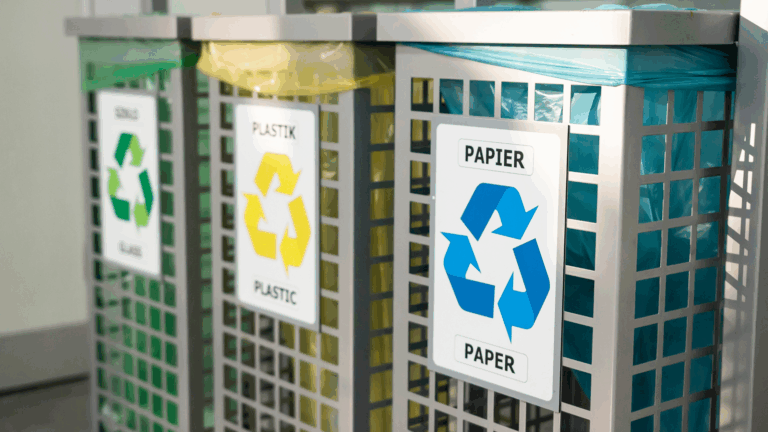
ARTICLE * 8 MINUTE READ * FRIDAY 25TH MARCH 2022
Winter and the colder months bring the cold and with that, water inside exposed pipework and garden taps can freeze. Once frozen, water turns to ice, then expands. This can cause the pressure in the pipes to increase, which could stretch and damage pipework and taps, leading to leaks and bursts when the it gets warmer.
Ensuring your business is prepared for winter and the colder months could save you thousands.
Read our Frozen Water Pipes Guide to learn how to prepare your water pipes for the colder months, how to avoid frozen or burst pipes and what to do in an emergency.
Preparing Your Water Pipes for the Winter Months
It’s never too early to prepare your water pipes for winter and the colder months of the year.
If you want to prepare for the colder months here are some things you can do to protect your pipes now.
Identifying your water pipes
Before protecting any water pipes from the elements, you should check which ones carry water. You can do this by running the water and if the pipe vibrates, then it’s a water pipe.
Cover the pipes to prevent frozen water pipes
Wrap your pipes with lagging, this is the best things you can do to protect them. It’s a simple job to do, and you’ll be able to buy pipe lagging from your local DIY store all year round. Most lagging is made to fit 15mm pipe, but if you don’t know how thick your pipes are, please visit the Water Regs UK website for more information.
Most DIY shops are doing click and collect or delivery at the minute, too. When lagging you should protect any water pipe that could be exposed to cold weather, think warehouses, cellars, outside pipes. To fit the lagging, measure the length of lagging you need and cut down to size with some sharp scissors. Next, fit the lagging over the pipes, making sure the seam joins together. It’s recommended lagging should be secured with adhesive tape to make sure cold air can’t get to the pipe. If you want, you can also use sturdy cloth tape or insulation tape to help cover the joins and make them look lovely and neat. Lagging prevents them home freezing in the first place so it’s worthwhile taking the time to do it.
Cover your outdoor tap
Garden and outdoor taps are also vulnerable to the elements. When a tap is frozen it can increase the risk of a burst pipe but when covered the risk is reduced. Outdoor tap covers should be available at your local DIY store. Don’t forget to lag the pipes leading up to the tap too!
There’s no water coming through, now what?
If you’ve got no water coming through, you should ask your neighbours to see if they have water. If they’re also unable to run water, there may be a supply interruption in your area. In this case, you’ll need to contact your wholesaler.
If your neighbours can run their taps and get water, then it’s likely your pipes have frozen. If this happens you should turn off your water supply at your stop tap and begin to thaw your pipes by applying a soft heat to the pipes like a warm towel to try and fix it and get the water moving again. When thawing your pipes make sure you move the heat source along the pipe to prevent any damage or crack occurring. Turn the water supply back on at the stop tap, and check to see if your water is flowing again. If you still aren’t getting any water through you should contact a plumber. You can find an approved local plumber on the Watersafe website.
Avoid Frozen or Burst Pipes
To help ensure your premises’ pipes do not freeze or burst with the cold winter weather, follow our top tips to avoid frozen or burst pipes:
- Insulate water tanks and lag pipes (pipe insulation or ‘lagging’ material can be found in most DIY stores), and make sure there are no gaps at bends, valves or fittings.
- Fix dripping taps – get a plumber in or fix it yourself if you can. To find out how to do a self-leak test, check this post
- Check the boiler has been serviced
Minimise draughts from outside by using insulation, wood or plastic and close doors and windows to unheated parts of the property - Keep your heating on low or turn off the water at the stopcock over Christmas (or any period where the premises is unattended) and drain down the system so there’s no water left in the pipes. This will ensure you don’t return to a flooded premises in the new year!
- Keep a separate supply of drinking water for emergencies
Where to find your stopcock
Most stopcocks are fitted under the sink and close by turning clockwise. If you have difficulty finding yours or any issues with it, get in touch with our customer services team on 0330 6600 137 or by emailing customer.services@everflowwater.com if you’re an Everflow Water customer.
What to do if a pipe within your site boundary does freeze
- Turn off the water supply at the stopcock – again, if you have difficulty finding yours or any issues with it, get in touch with our customer services team on 0330 6600 137 or by emailing customer.services@everflowwater.com
- Open all taps to reduce flooding
- Soak up or block off escaping water with thick towels
- Call a qualified plumber
- Turn off taps once pipework is repaired to avoid further flooding
If you notice an issue with a pipe outside your site boundary, such as a burst, you should contact your wholesaler directly and they will be able to help.
A Step-by-Step Guide to Insulation to stop frozen water pipes
The best way to avoid the issue of frozen and burst pipes is to insulate them. Here’s a quick step-by-step guide on insulating your pipes:
- Check which pipes are exposed and in cold areas. Look out for any external pipes, pipes in the garage, in the cellar, or near a draught
- Get your insulation: measure the length and diameter of the insulation you need. Foam insulation is most common, but you can ask your local DIY store what they would recommend
- Get your equipment: tape measure, marker pen, sharp scissors, and duct tape or cable ties
- Fit the insulation: measure and cut the insulation, and then wrap it around the pipes. Make sure the insulation is tight around the pipes, and secure it using tape or cable ties
- For right angles: cut the insulation at 45° so that the two pieces fit together
- Awkward bends: make cuts at 30° round the inside of the bend, so that the insulation fits around.
We hope you don’t need to, but if you do experience a burst or leaking pipe on your property, you can find a local plumber to contact at www.watersafe.org.uk.
Protecting Your Water Meter
To avoid burst pipes, leaks or estimated or shock bills this winter, check your water meter is cosily tucked up.
Frost can damage meters, rain can flood chambers and meters can be damaged by nearby groundworks or tree roots.
Many meters have a cap fitting over their display, and some are protected by a polystyrene plug to prevent water damaging the device and to keep the chamber warmer.
If your meter is waterlogged, buried, lost or broken, please let us know as soon as possible, so that we can raise a repair request with your wholesaler.
Remember, providing regular meter reads (at least monthly) can protect you from shock bills!
Frozen Water Pipes Guide
ARTICLE * 8 MINUTE READ * FRIDAY 25TH MARCH 2022
Winter and the colder months bring the cold and with that, water inside exposed pipework and garden taps can freeze. Once frozen, water turns to ice, then expands. This can cause the pressure in the pipes to increase, which could stretch and damage pipework and taps, leading to leaks and bursts when the it gets warmer.
Ensuring your business is prepared for winter and the colder months could save you thousands.
Read our Frozen Water Pipes Guide to learn how to prepare your water pipes for the colder months, how to avoid frozen or burst pipes and what to do in an emergency.
Preparing Your Water Pipes for the Winter Months
It’s never too early to prepare your water pipes for winter and the colder months of the year.
If you want to prepare for the colder months here are some things you can do to protect your pipes now.
Identifying your water pipes
Before protecting any water pipes from the elements, you should check which ones carry water. You can do this by running the water and if the pipe vibrates, then it’s a water pipe.
Cover the pipes to prevent frozen water pipes
Wrap your pipes with lagging, this is the best things you can do to protect them. It’s a simple job to do, and you’ll be able to buy pipe lagging from your local DIY store all year round. Most lagging is made to fit 15mm pipe, but if you don’t know how thick your pipes are, please visit the Water Regs UK website for more information.
Most DIY shops are doing click and collect or delivery at the minute, too. When lagging you should protect any water pipe that could be exposed to cold weather, think warehouses, cellars, outside pipes. To fit the lagging, measure the length of lagging you need and cut down to size with some sharp scissors. Next, fit the lagging over the pipes, making sure the seam joins together. It’s recommended lagging should be secured with adhesive tape to make sure cold air can’t get to the pipe. If you want, you can also use sturdy cloth tape or insulation tape to help cover the joins and make them look lovely and neat. Lagging prevents them home freezing in the first place so it’s worthwhile taking the time to do it.
Cover your outdoor tap
Garden and outdoor taps are also vulnerable to the elements. When a tap is frozen it can increase the risk of a burst pipe but when covered the risk is reduced. Outdoor tap covers should be available at your local DIY store. Don’t forget to lag the pipes leading up to the tap too!
There’s no water coming through, now what?
If you’ve got no water coming through, you should ask your neighbours to see if they have water. If they’re also unable to run water, there may be a supply interruption in your area. In this case, you’ll need to contact your wholesaler.
If your neighbours can run their taps and get water, then it’s likely your pipes have frozen. If this happens you should turn off your water supply at your stop tap and begin to thaw your pipes by applying a soft heat to the pipes like a warm towel to try and fix it and get the water moving again. When thawing your pipes make sure you move the heat source along the pipe to prevent any damage or crack occurring. Turn the water supply back on at the stop tap, and check to see if your water is flowing again. If you still aren’t getting any water through you should contact a plumber. You can find an approved local plumber on the Watersafe website.
Avoid Frozen or Burst Pipes
To help ensure your premises’ pipes do not freeze or burst with the cold winter weather, follow our top tips to avoid frozen or burst pipes:
- Insulate water tanks and lag pipes (pipe insulation or ‘lagging’ material can be found in most DIY stores), and make sure there are no gaps at bends, valves or fittings.
- Fix dripping taps – get a plumber in or fix it yourself if you can. To find out how to do a self-leak test, check this post
- Check the boiler has been serviced
Minimise draughts from outside by using insulation, wood or plastic and close doors and windows to unheated parts of the property - Keep your heating on low or turn off the water at the stopcock over Christmas (or any period where the premises is unattended) and drain down the system so there’s no water left in the pipes. This will ensure you don’t return to a flooded premises in the new year!
- Keep a separate supply of drinking water for emergencies
Where to find your stopcock
Most stopcocks are fitted under the sink and close by turning clockwise. If you have difficulty finding yours or any issues with it, get in touch with our customer services team on 0330 6600 137 or by emailing customer.services@everflowwater.com if you’re an Everflow Water customer.
What to do if a pipe within your site boundary does freeze
- Turn off the water supply at the stopcock – again, if you have difficulty finding yours or any issues with it, get in touch with our customer services team on 0330 6600 137 or by emailing customer.services@everflowwater.com
- Open all taps to reduce flooding
- Soak up or block off escaping water with thick towels
- Call a qualified plumber
- Turn off taps once pipework is repaired to avoid further flooding
If you notice an issue with a pipe outside your site boundary, such as a burst, you should contact your wholesaler directly and they will be able to help.
A Step-by-Step Guide to Insulation to stop frozen water pipes
The best way to avoid the issue of frozen and burst pipes is to insulate them. Here’s a quick step-by-step guide on insulating your pipes:
- Check which pipes are exposed and in cold areas. Look out for any external pipes, pipes in the garage, in the cellar, or near a draught
- Get your insulation: measure the length and diameter of the insulation you need. Foam insulation is most common, but you can ask your local DIY store what they would recommend
- Get your equipment: tape measure, marker pen, sharp scissors, and duct tape or cable ties
- Fit the insulation: measure and cut the insulation, and then wrap it around the pipes. Make sure the insulation is tight around the pipes, and secure it using tape or cable ties
- For right angles: cut the insulation at 45° so that the two pieces fit together
- Awkward bends: make cuts at 30° round the inside of the bend, so that the insulation fits around.
We hope you don’t need to, but if you do experience a burst or leaking pipe on your property, you can find a local plumber to contact at www.watersafe.org.uk.
Protecting Your Water Meter
To avoid burst pipes, leaks or estimated or shock bills this winter, check your water meter is cosily tucked up.
Frost can damage meters, rain can flood chambers and meters can be damaged by nearby groundworks or tree roots.
Many meters have a cap fitting over their display, and some are protected by a polystyrene plug to prevent water damaging the device and to keep the chamber warmer.
If your meter is waterlogged, buried, lost or broken, please let us know as soon as possible, so that we can raise a repair request with your wholesaler.
Remember, providing regular meter reads (at least monthly) can protect you from shock bills!

Contact Everflow today!
At Everflow, our goal is to make your utilities simpler. We ensure you get great-value contracts that are tailored to your needs and easy to manage.


